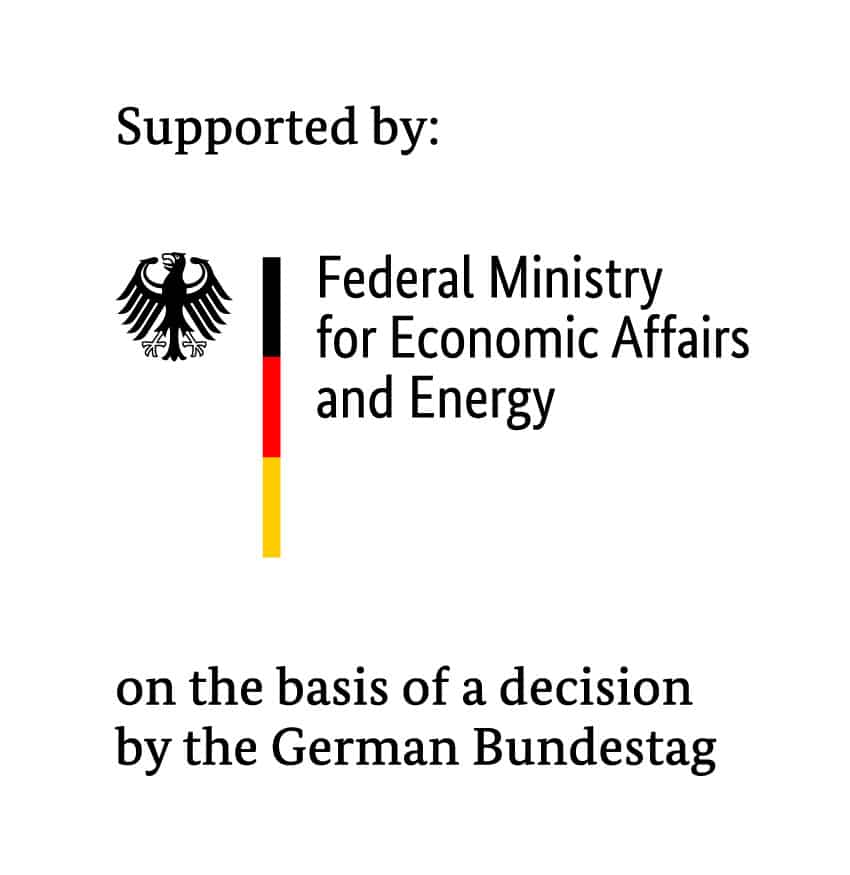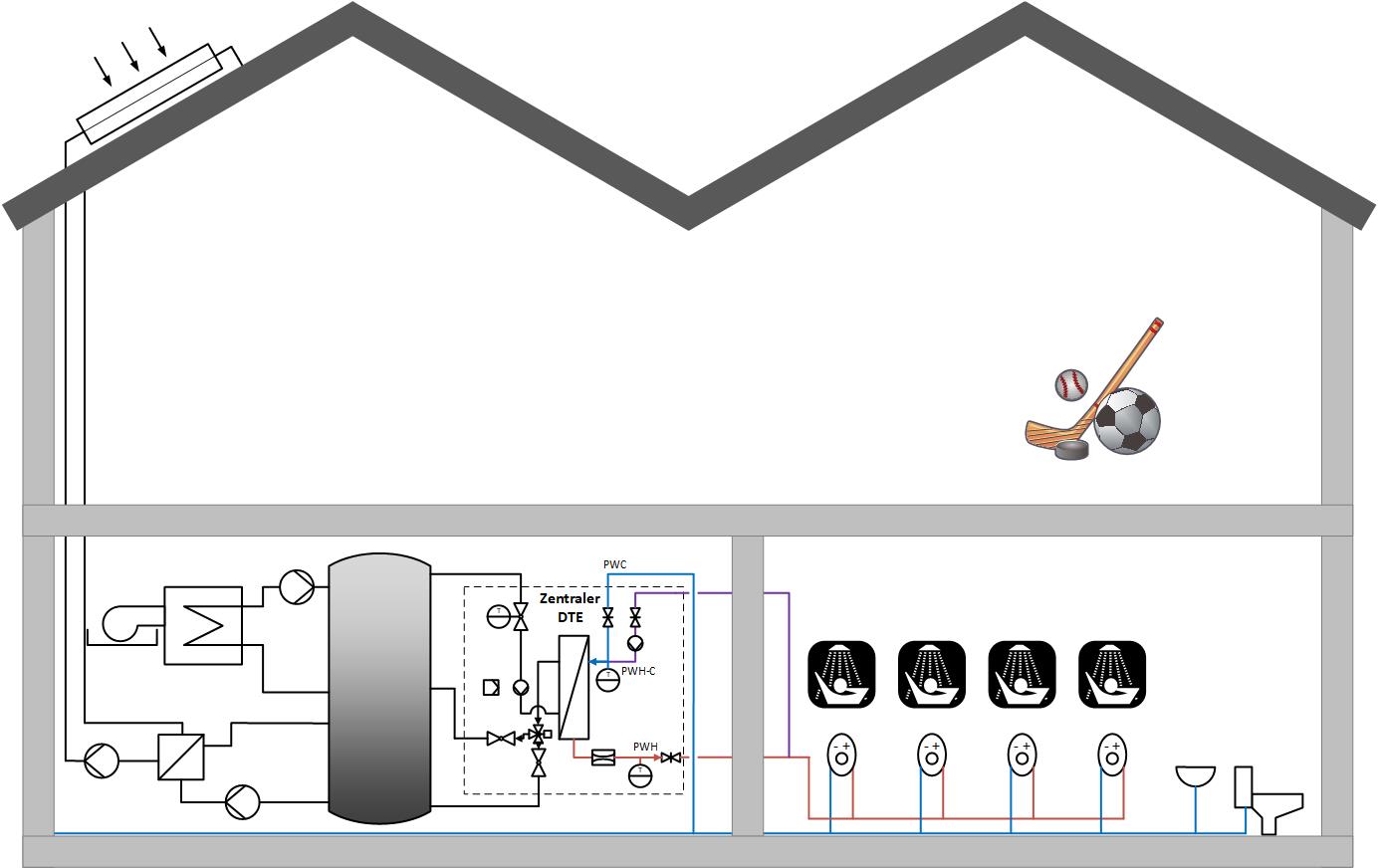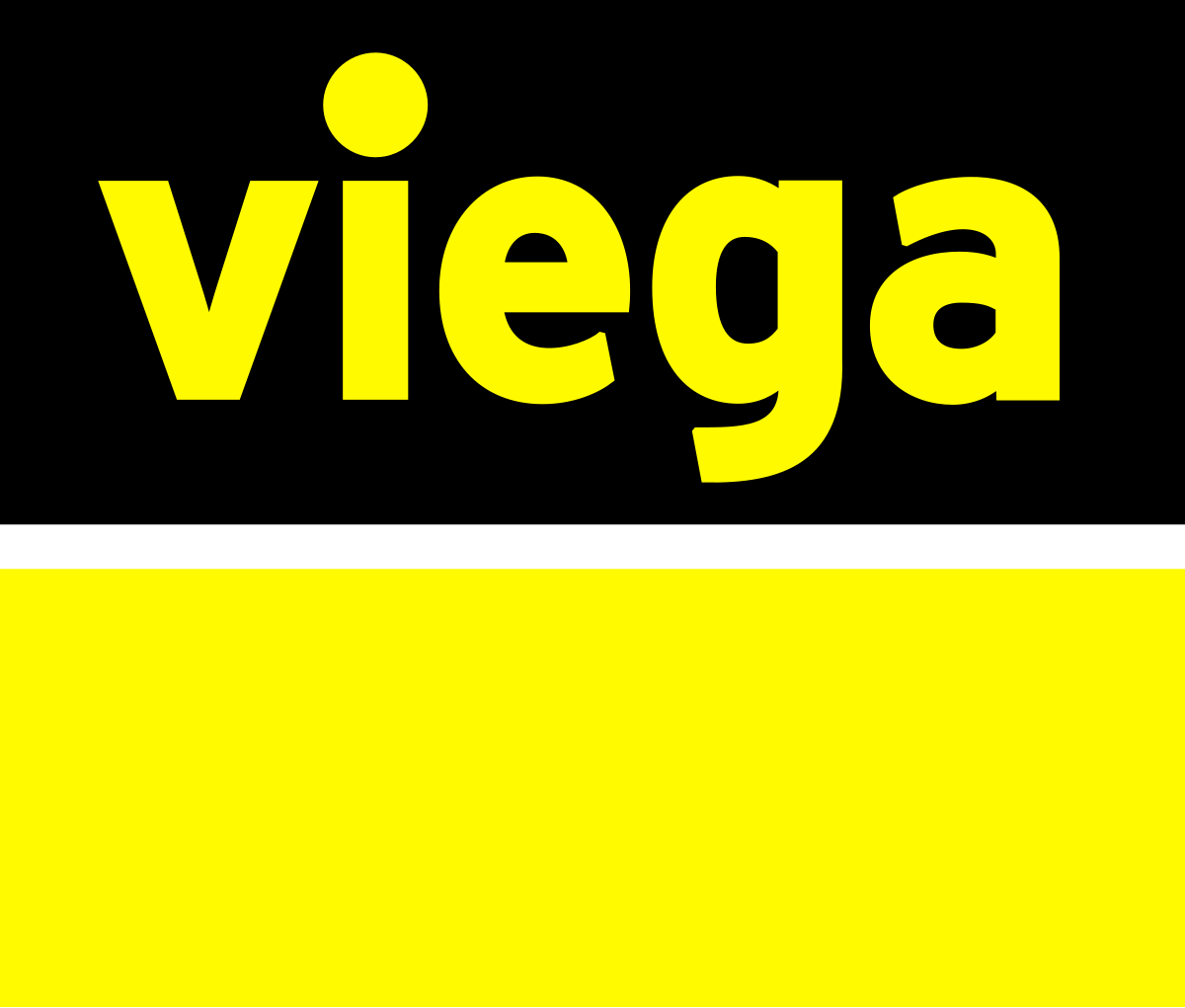
Technical requirements of instantaneous water heaters increasing energy efficiency and comfort of big, renewable heat supply systems; Sub-project: Laboratory measurements and simulations
Contact
Jonathan Walter, M.Sc.
Tel.: +49 (0)5151-999 644
E-Mail: j.walter@isfh.de
State-of-the-art domestic hot water supply for a sports hall with gas boiler and domestic hot water storage tank (top) and with a bivalent buffer storage tank with instantaneous water heater and a heat pump in the preheating stage (bottom)
Central instantaneous water heaters (colloquially fresh water stations) are considered a cost-effective way to reconcile hygienic regulations and efficiency requirements in large domestic hot water installations (>30 l/min) due to their low volume of domestic hot water and frequent water replacement. Most importantly, the low temperature level in the lower part of the buffer tank accelerates decarbonization with renewable heat generators, such as heat pumps and solar collectors, in preheating and CO2 savings above 50% are achievable with little effort.
The market is currently characterized by a large number of manufacturers, but also by non-transparent competition with one-sided target parameters. These are price and thermal output, to the detriment of the efficiency and comfort of the overall system. In this context, the efficiency of regenerative heat supply systems, especially with heat pumps and solar collectors, is significantly influenced by technical properties of the instantaneous water heater. Examples are the necessary temperature difference, the achieved cooling of the lower part of the buffer tank as well as the switching time of the return valve to maintain the temperature stratification in the buffer tank.
A necessary prerequisite for the successful refurbishment of non-residential buildings are design recommendations and a high level of user comfort, i.e. a hot water temperature that is as constant as possible, especially in the case of highly fluctuating tapping rates. For the professional planner and installer, there are information deficits on both points.
To provide this information, the project is divided into several work packages. In one work package, the load profiles of the hot water tapping in non-residential buildings, such as sports halls and hotels, are measured with high temporal resolution. In another work package, the physiological requirements for the constancy of the hot water temperature (control quality) are determined in laboratory measurements with test persons. In order to determine energetically relevant technical requirements and to derive design and operating recommendations, bivalent, regenerative central heating systems will be dynamically simulated. In addition, a model will be developed and validated which represents the damping of the temperature fluctuation occurring during load changes at the instantaneous water heater up to the tapping point. From this, a test and evaluation method will be developed and applied in the laboratory to a representative sample of products from the associated industrial partners. In addition, a guideline for specialist planners and installers will be produced.
The market is currently characterized by a large number of manufacturers, but also by non-transparent competition with one-sided target parameters. These are price and thermal output, to the detriment of the efficiency and comfort of the overall system. In this context, the efficiency of regenerative heat supply systems, especially with heat pumps and solar collectors, is significantly influenced by technical properties of the instantaneous water heater. Examples are the necessary temperature difference, the achieved cooling of the lower part of the buffer tank as well as the switching time of the return valve to maintain the temperature stratification in the buffer tank.
A necessary prerequisite for the successful refurbishment of non-residential buildings are design recommendations and a high level of user comfort, i.e. a hot water temperature that is as constant as possible, especially in the case of highly fluctuating tapping rates. For the professional planner and installer, there are information deficits on both points.
To provide this information, the project is divided into several work packages. In one work package, the load profiles of the hot water tapping in non-residential buildings, such as sports halls and hotels, are measured with high temporal resolution. In another work package, the physiological requirements for the constancy of the hot water temperature (control quality) are determined in laboratory measurements with test persons. In order to determine energetically relevant technical requirements and to derive design and operating recommendations, bivalent, regenerative central heating systems will be dynamically simulated. In addition, a model will be developed and validated which represents the damping of the temperature fluctuation occurring during load changes at the instantaneous water heater up to the tapping point. From this, a test and evaluation method will be developed and applied in the laboratory to a representative sample of products from the associated industrial partners. In addition, a guideline for specialist planners and installers will be produced.
Duration
01.02.2021 – 30.06.2025
Funding
The project “Technical requirements of instantaneous water heaters increasing energy efficiency and comfort of big, renewable heat supply systems; Sub-project: Laboratory measurements and simulations” (FKZ 03EN1025A-B) is funded by the German Federal Ministry for Economic Affairs and Climate Action based on a resolution of the German Bundestag. The responsibility for the content of this publication lies with the authors




